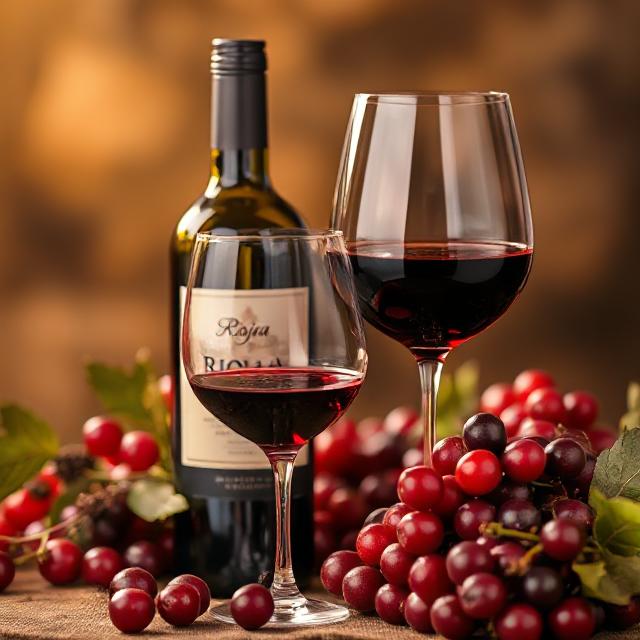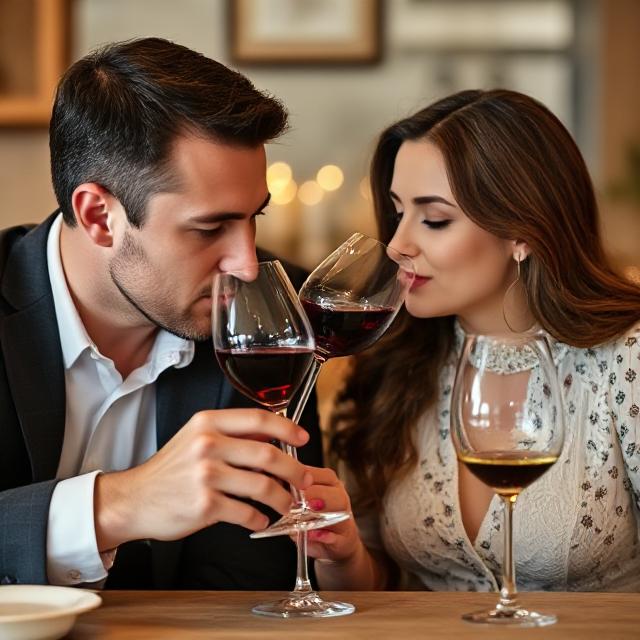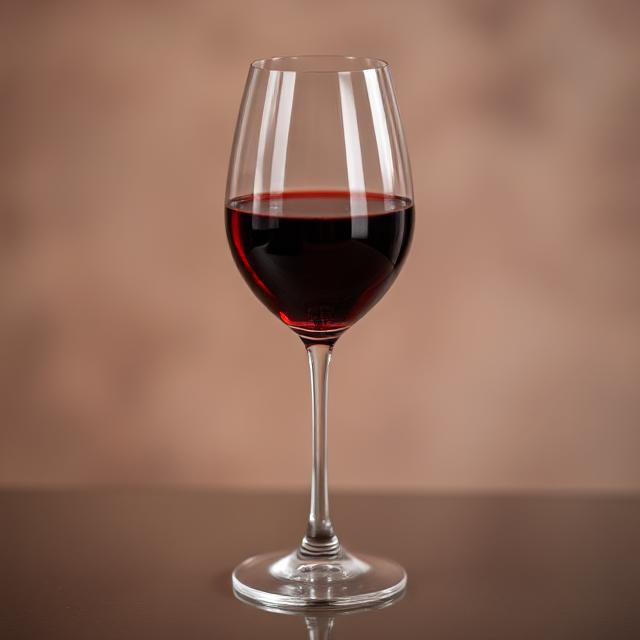
Wine tasting isn’t just about sipping and guessing the price tag. Ever seen a sommelier do their thing and wonder what magic they’re performing? Well, it’s part science, part art, and dive-worthy. It’s about tuning in to your senses and feeling the drink.
 Sommeliers are like the rock stars of the wine world. They know how to turn a casual drink into a whole experience. They mix knowledge and passion, guiding you to savor the complexity in every drop. Wine tasting imitates this magic, letting you uncover new layers with every sip.
Sommeliers are like the rock stars of the wine world. They know how to turn a casual drink into a whole experience. They mix knowledge and passion, guiding you to savor the complexity in every drop. Wine tasting imitates this magic, letting you uncover new layers with every sip.
We believe in transparency. Our website contains affiliate links, which means that if you click on a link and make a purchase, we may earn a small commission at no extra cost to you. This blog post was inspired by Wealthy Affiliate, the world’s premier affiliate training hub. Check it out, it’s completely free to join!
Creating the right environment for tasting is pretty crucial. You want a quiet, well-lit space with no distractions. Too much noise or strong smells can mess with your experience. Even the glass you use can make a difference — the shape can influence how the wine expresses its aromas.
Now, there are a bunch of myths floating around about wine tasting. Some folks think it’s all snobby and pretentious, but that’s just noise. It’s really about enjoyment, exploration, and learning at your own pace. Don’t stress about picking out obscure flavors at first or getting it “right”; it’s about what you enjoy.
The Sensory Steps: Engaging All Five Senses


Tasting wine goes way beyond just your taste buds. It’s a full-on sensory experience, starting with your eyes. Give that glass a good look; check out the color and clarity. A deeper hue might suggest more intense flavors, while lighter shades can hint at freshness and simplicity.
Next, get that glass angling and give it a gentle swirl. This isn’t just for showing off your skills. Swirling releases the wine’s aromatics, opening up a whole bouquet of scents just waiting for you to explore.
Stick your nose in there and take a deep sniff. These aromas can tell you stories of where the wine came from and what you might taste.
Then comes the fun part—tasting! Take that first sip and swish it around in your mouth. Let it cover every corner of your palate. You’re tuning in to those primary flavors like fruit and floral notes. Secondary tones might pop up too, maybe oak or vanilla if it’s been aged in barrels. And don’t forget the tertiary notes—those develop over time, bringing depth with age.
Think about texture and temperature while you’re at it. Is the wine smooth and velvety, or does it have a sharp freshness? Temperature affects how flavors reveal themselves. Too warm or cold, and you might miss out on the wine’s best show.
Paving Your Path: Practicing with a Purpose

Developing your tasting skills takes time and practice, kind of like learning a musical instrument. Whenever you sit down with a glass, grab a notebook, or open up a notes app. Jot down what you see, smell, and taste. Over time, you’ll pick out patterns and preferences.
Exploring different varietals opens up worlds of flavor. Don’t just stick to what you know—try wines from different regions and climates. Each one tells a unique story. This variety helps you understand what makes each wine tick and how factors like terroir influence taste.
Creating a structured tasting routine can help sharpen your skills. Try tasting wines in flights or comparisons, grouping them by varietal or region. This way, you train your palate to notice subtle similarities and differences, boosting your tasting game.
Channel a sommelier’s mindfulness even in casual settings. Pay attention to your sensations and reactions without the pressure of a formal setting. Your home can be your tasting lab with a cozy environment and fewer distractions. Every glass is a new chance to learn.
Shared Experiences: Connecting Through Wine

Wine isn’t just a solo journey. Sharing the experience with others can turn a simple tasting into a lively and enriching event. Hosting a tasting party is a great way to gather friends and family. Set up a theme or region to explore, and let everyone bring their bottle to add to the mix.
Getting involved with local wine communities also opens doors. Attend wine tastings or festivals in the area to meet sommeliers and fellow wine enthusiasts. Each event is a chance to swap stories, learn a little more, and expand your network.
Wines carry tales of their origins, capturing snippets of culture and history in every bottle. Learning about the wine’s background turns the tasting into a broader cultural exploration. Embrace the stories behind the vineyards, the weather that shaped the grapes, and the people who crafted it.
Through wine, you can travel the world from your glass. Each sip offers a glimpse into different cultures, geographies, and traditions. It gives a perspective on global diversity and lends insight into how climates and local customs influence local taste.
Some great wines to experiment with include Semillon, Sangiovese, Syrah, Rioja, and Prosecco

